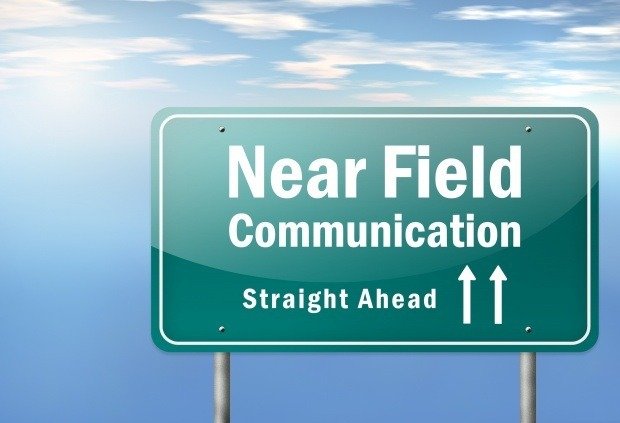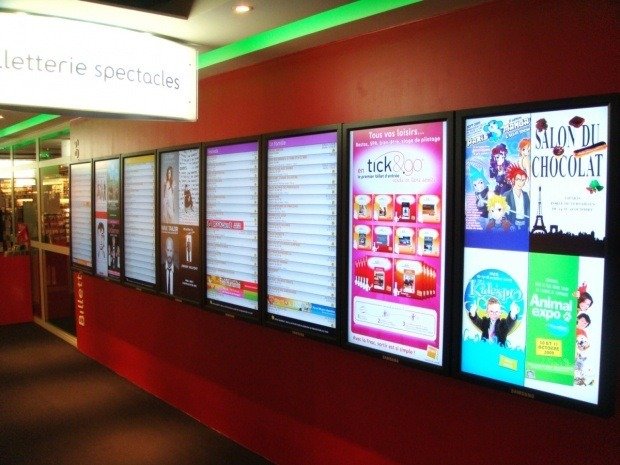
Is near field communication heading in the right direction, or is it in danger of falling by the wayside? (© Fotolia / Ben Chams)
Near field communication (NFC) and QR code capabilities provide the opportunity for advertisers and consumers to interact with brands on the go using just their smartphones. However, the market has not yet decided what is the best way to provide potential customers with the ultimate consumer experience. So what do industry experts think is needed for these technologies to realise their potential?
The leading media owners have already shown their interest and support for NFC, with Clear Channel launching 10,000 NFC and QR code-enabled Adshel panels and digital roadside panels across the UK this year.
In 2012 JCDecaux and Kinetic ran their ‘Test the Near Future Project’ – the largest trial of NFC-enabled poster sites in the UK. The four-week trial was held in the affluent commuter town of Reading and drove a high number of interactions on advertising from top brands including Unilever, H&M, Morrisons and EA Games. The content on offer included movie downloads, previews of TV shows and games, a chance to win a driving experience, supermarket vouchers and links to the brands’ social media channels. The results of the trial showed that 3,000 people in Reading scanned the poster sites, the equivalent of a million people nationwide. There were over 6,000 interactions across the four weeks and NFC take-up grew by 15 percent over the four weeks as people grew used to the idea of interacting.
“The study found that the brands that elicited the most positive interactions did so through a combination of relevance, dynamic content and a strong call-to-action,” notes David McEvoy, marketing director at JCDecaux.
Nick Mawditt, Kinetic’s global director of marketing and insight, says that there are no real barriers to entry for media owners. “Clear Channel and JCDecaux have both launched the capability for NFC interaction via their national networks of six-sheets, and other media owners including Primesight and Admedia have NFC capability in their panels. Any barrier currently is in consumer awareness and adoption.”
Mike Baker from the Outdoor Media Centre agrees: “The main barriers to date are poor sign-posting, poor site labelling, conflicting technology standards, consumer unfamiliarity and the lack of pre-loaded software on the devices.”
“QR codes are cheap to put in print media but poor at user exchange (UX),” warns Mark Selby, a mobile technology expert who is currently visiting professor at the University of Surrey, home of the new 5G Innovation Centre. “Some argue print is dying: I disagree. Consumers value a slick UX. If your media is low budget and UX is not important, go QR.”
There is also the mobile device giant Apple refusing to include NFC in its latest devices. “I must say I was surprised that the iPhone 5 didn’t have NFC capabilities,” observes Ocean Outdoor marketing director Richard Malton. “I think once Apple is confident enough to include NFC in its own locked system then I wouldn’t bet against NFC taking off at a massive rate. Apple is too good at getting this type of thing correct.”
New campaigns are being launched to reap the benefits of NFC. In September, Nestlé ran the first nationwide NFC-enabled campaign on roadside sites where chocolate bars were fitted with GPS trackers, by which means the lucky winners were found and given a cash prize. Sony used shopping malls and roadside spaces last October to offer consumers the chance to download an exclusive music track by swiping their smartphone on the touch point at the advertising site.
“There are going to be different ways of offering consumers connectivity and purchase points,” says Tim Bleakley, Ocean Outdoor’s chief executive. “NFC is more suited to close proximity small-format outdoor than the large digital spectacular formats that we specialise in. I still wonder exactly what is the value of NFC in a world where consumers are becoming used to visual imagery and photography on the move as a way of life. This may, in the end, disable NFC – just my view. Also, the wide-spread connectivity options offered via WiFi might affect the need for NFC.”
Baker concludes: “Experts forecast 75 percent penetration of smartphones in the UK by the end of the year. My prediction is that there will be a tripling every year for five years on the number of campaigns and revenue involving NFC.”
